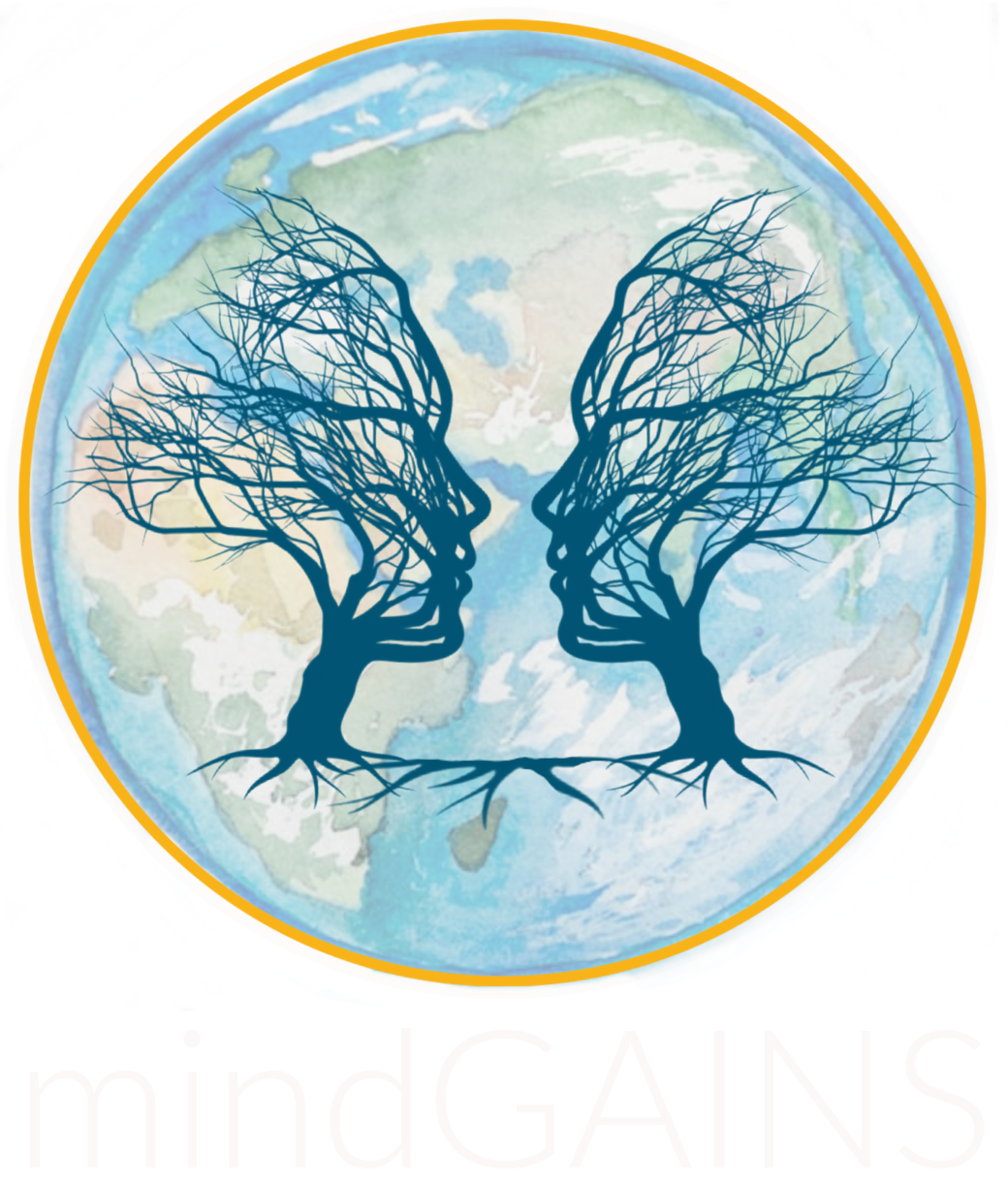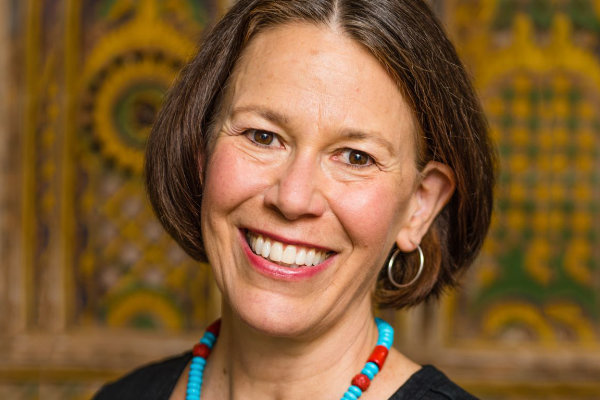By Dr. Mary Meador
I chose this title because the phrase, you are both/and, is very useful to keep in mind as we navigate life’s complexities. Let me explain.
Each one of us could come up with a description of ourselves that would capture an image of who we are. Just using a few positive words to describe myself I might choose: social, kind, and confident. Most people who know me would say those are accurate.
But if I am completely honest with myself (and with you) I would tell you that the opposite is also true. I can be quite anxious around people, and have crossed the street to avoid seeing someone I know. While most of the time I am kind, I can also be quite judgmental and not at all nice (my husband probably knows this best). As for being confident? There are numerous ways in which I am self-assured, but I can think of so many situations where I collapse with insecurity.
This concept of dualism, or yin and yang, exists throughout the natural world. Two seemingly opposite or contrary forces not only exist at the same time, but are actually complementary, interconnected and interdependent. Learning to hold the tension between these opposites, it turns out, is a way to begin to see ourselves as we really are. This concept can also be hard to grasp.
One practical way to understand this polarity is by looking at the origins of the human nervous system. Let’s start at the very beginning. Over the course of evolution, single cell organisms became multicellular, followed by increased diversification of the cell types within a given animal, meaning the cells became specialized; we have heart cells, blood cells, kidney cells, etc. One particular group of cells evolved which were primarily concerned with helping the organism approach things that would help sustain life, and avoid things that didn’t; we’ve come to call this group of cells the nervous system. At this point in evolutionary history each organism was on its own. Over time, this shifted for us and ultimately, it became adaptive to work together in groups. With the help of others we ate better, had help raising offspring, and stayed warmer and safer at night. This required our brains to connect, to cooperate, and to co-regulate all in the service of coordinated group behavior.
Here is where the “you are both/and” comes in: To this day, we maintain the more primitive “I, me, mine” parts of our brain in addition to the newer, more cooperative “us and we” parts. As you can imagine, “it’s all about me” can easily conflict with “we are all in this together.” The fact of the matter is, both are real and important parts of each one of us.
Feeling a sense of well-being is what allows one to operate in both domains, that of the individual and of the group. When we don’t feel safe, we view the outside world as dangerous and we are motivated to protect ourselves from the perceived danger. Circling back to my self-description of being social, kind, or confident, I act those ways when I feel safe. For all of us, our sense of safety dictates how we feel and how we behave.
It is important to keep in mind that we may not be conscious of feeling safe or unsafe. It turns out the vast majority of what motivates us, of what determines how we approach a given situation, is generated below the level of awareness. Our nervous system evolved to constantly scan the environment for danger. In fact, one half second before we are aware, our nervous system has evaluated our surroundings. Knowing this fact, we can pause to question and be curious about some of the conclusions we make.
Now, more than ever, it is imperative that we recognize and acknowledge that the world is filled with uncertainty, and this state of not knowing what is going to happen next is very anxiety provoking. When we feel unsure or fearful, the more primitive parts of our brain are activated. These ancient neural networks view the world as safe or dangerous, as black or white, and don’t have the ability to take in the many shades of grey. This is where, with practice, we invite more recently evolved areas of our brain to weigh in.
Summoning our capacity to reflect, to gain perspective, to develop objectivity, we can learn to down-regulate that primitive reactivity and realize just how much choice we have in how we respond. We can learn to interact rather than react, most of the time.
That’s why I decided to title this blog “You are Both/And.” Surrounded by chaos, conflict, and uncertainty it is necessary to take a step back, to pause and try to gain some perspective. The good news is that seeing the ambiguity, holding space for the precariousness of these times, learning to listen and trying to understand, are all skills that can be developed. Understanding how the brain works, grasping that a sense of safety is critical for all of us, is very useful as we try to make sense of the events that surround us. Learning to hold the tension between the opposites, we can appreciate shades of gray, and realize that our capacity to view both sides is greater than we had imagined.

